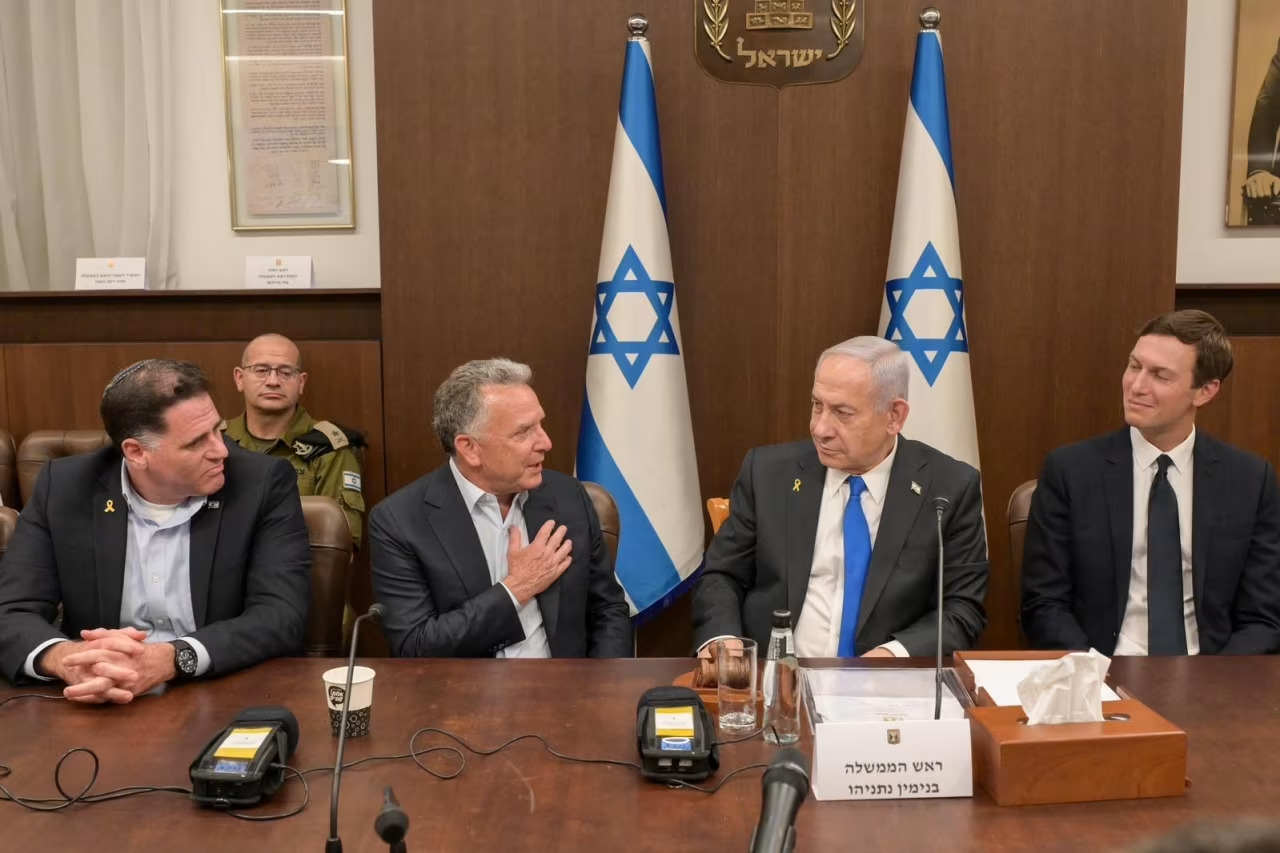Beyond the Ceasefire Agreement

TEXT: Jenifer Prinsthon
Another historical turning point is approaching in the Middle East. The Israeli government has approved a U.S.-mediated ceasefire plan, and the terms of the Gaza ceasefire agreement have now taken effect. Two officials confirmed the implementation, though it remains unclear whether Prime Minister Benjamin Netanyahu has formally ordered the Israel Defense Forces (IDF) to halt operations. This “step forward” simultaneously contains the potential for “two steps back.” Over the past year of conflict between Israel and Hamas, ceasefire deals have repeatedly been signed on paper only to collapse on the ground. Could this time truly mark the beginning of the end?
Amid the ceasefire agreement, the United States is once again becoming deeply involved in the Middle East. According to a senior U.S. official, 200 soldiers will be deployed across the region to monitor implementation. However, another official made it clear that “there are no plans to send U.S. troops into Gaza.”
This delicate distance embodies the reality of U.S. policy in the region. Washington seeks to avoid becoming a direct party to the conflict, yet refuses to relinquish its sphere of influence. Choosing the word “monitoring” instead of “intervention” reveals the Biden administration’s cautious balancing act.
Domestic public opinion also plays a role. Americans are weary of prolonged Middle East involvement, and with the presidential election approaching, the administration seeks to minimize political risk. For Biden, promoting the “implementation of a ceasefire agreement” as a diplomatic achievement—while avoiding deep military entanglement—is a strategic necessity. The figure of 200 soldiers symbolizes this careful restraint.

The agreement rests on three main pillars: the release of all hostages held in Gaza, the phased withdrawal of Israeli forces to agreed positions, and the release of some Palestinian prisoners.
This framework resembles past ceasefire deals yet differs in key ways. For Israel, “bringing citizens home” is a vital political imperative. For Hamas, “the withdrawal of occupying forces and the release of prisoners” represents a symbolic victory. Both sides view the issue as one of national honor, turning the negotiation process into a psychological battle.
A Hamas official stated that “a formal declaration of the end of the war” by Israel must precede any hostage releases. This demand carries more than procedural meaning—it reflects a desire for political vindication for the destruction and loss of life inflicted by Israeli attacks. For Gaza, a formal end-of-war declaration would also mark its recognition as an “equal negotiating actor” on the global stage.
For Prime Minister Netanyahu, this ceasefire is more than a foreign policy issue—it is a domestic political gamble. As his base weakens, he finds himself caught between hardliners and moderates. Accepting the ceasefire could invite criticism of weakness, while rejecting it risks further international isolation. Protests have already reignited inside Israel, with families of victims and peace organizations demanding that “the return of the hostages” be prioritized.
Meanwhile, many in his cabinet insist that “the mission to eradicate Hamas must continue.” The delay in issuing a ceasefire order reflects these internal divisions. For Netanyahu, the decision represents one of the greatest political risks of his career.

The international community’s response appears cautiously optimistic. The European Union has called the move “an important step,” while the United Nations hailed it as “a humanitarian advancement.” Yet in Gaza, uncertainty persists. Even if the ceasefire holds, the reality remains: cities reduced to rubble, shattered infrastructure, and displaced residents seeking to return home.
A ceasefire is merely “the starting line for reconstruction,” not a guarantee of peace. As history has shown, such agreements have often collapsed. Lasting stability requires both political will and economic support.
The current development is not merely about halting violence in one region—it represents a reopening of the “window for negotiation” between Israel and Palestine after years of hostility. But that window is fragile, easily closed by political winds. Netanyahu’s internal conflicts, Hamas’s demands, and U.S. strategic calculations—all could quickly unravel the deal.
Still, there is value in the fact that, at this very moment, the world listens to news of a ceasefire. The end of war begins with the rescue of a single life. Behind political maneuvering, people are simply striving to reclaim ordinary life.
If this agreement succeeds, it will stand as a small but vital testament to hope in a war without victors.
